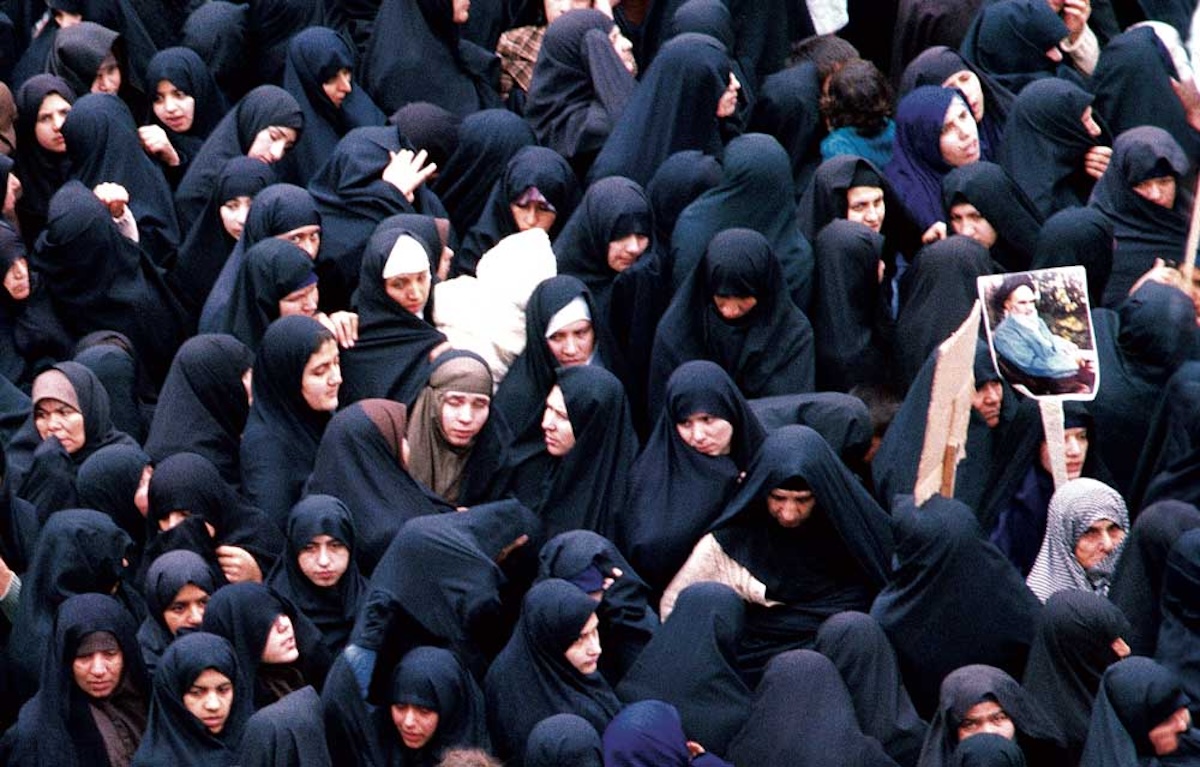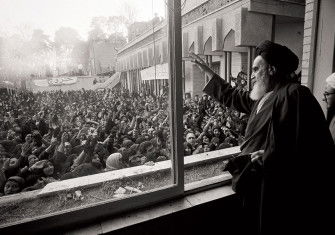Women, Life, Freedom in Iran
Iranian women have always been present in national uprisings and protests, but this time female activists are leading them.

On 16 September 2022 Mahsa Amini, a 22-year-old woman from Saqqez in Iran’s Kurdistan Province, died in a Tehran hospital. Three days earlier she had been arrested by Iran’s Guidance Patrol, or ‘morality police’, for wearing her hijab ‘improperly’ and fell into a coma after she was beaten inside the police van taking her to the Vozara Detention Centre.
Crowds gathered outside the hospital in a state of shock and responded to her death by calling for accountability. Soon protests spread to other cities.
During Amini’s funeral, on 17 September, crowds gathered in Saqqez chanting the slogan ‘Women Life Freedom’, which was adopted across the country and beyond. Civil unrest eventually spread across cities and towns as well as on Iranian social media. The initial focus of the protests grew to encompass the diverse grievances of Iranian women, with many removing and ritualistically burning their hijabs in front of cheering crowds. Across the diaspora, Iranian women are cutting their hair in solidarity.







